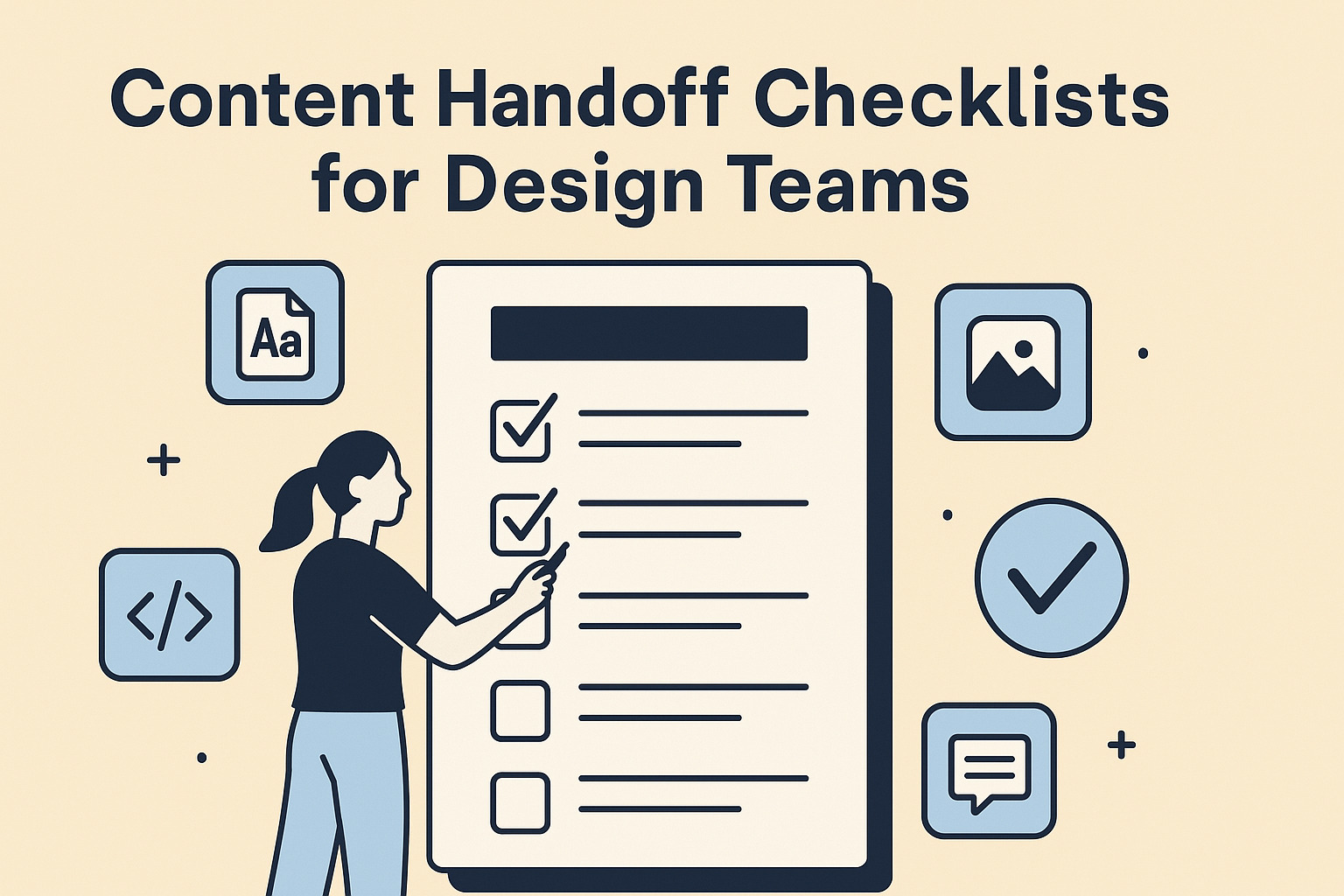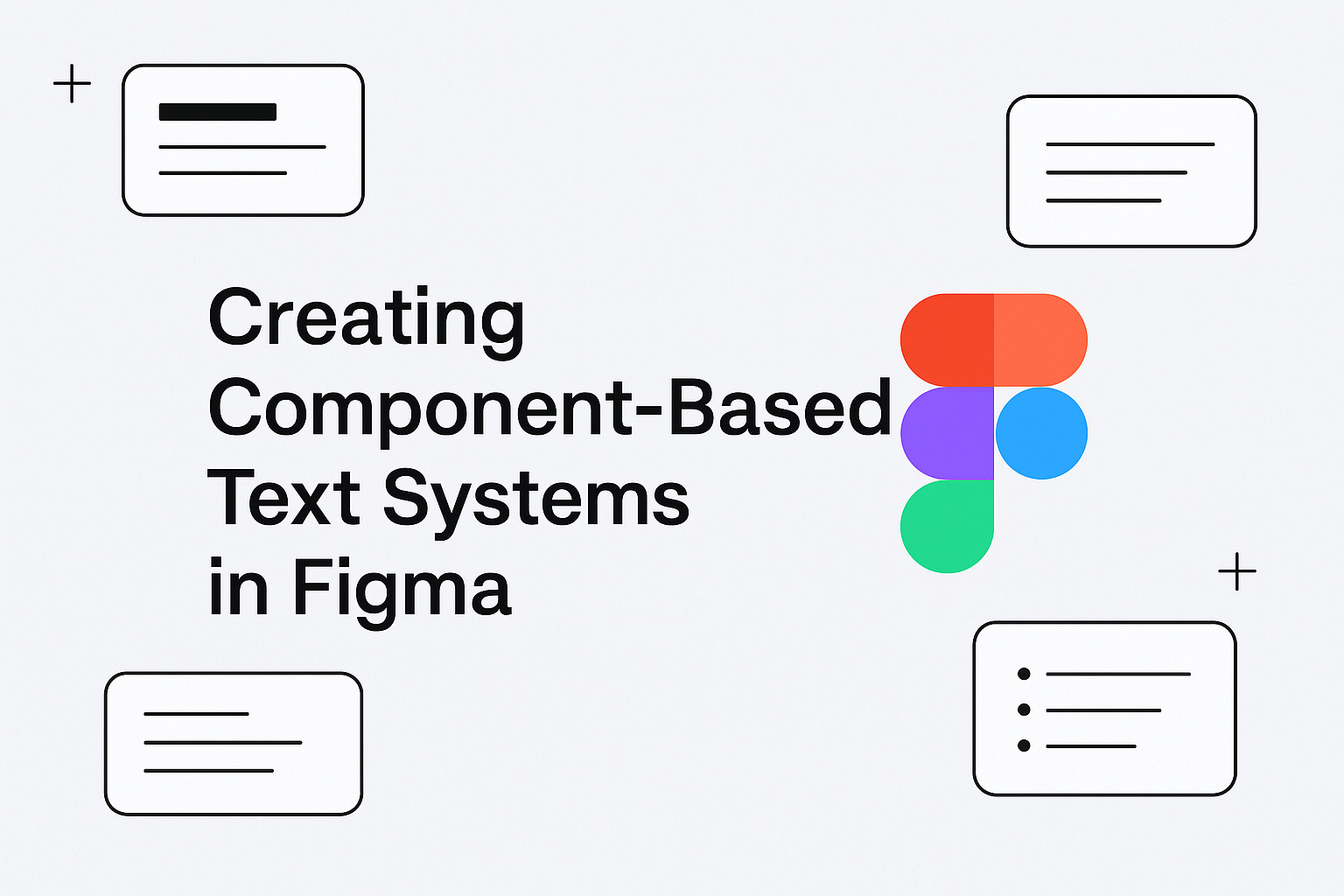A well-structured content handoff checklist bridges the gap between design and development, ensuring that every team member has the necessary details to move forward confidently. This article outlines methods to streamline the handoff process and maintain a smooth workflow. It answers the question of how to transfer files, style guides, and documentation while preserving creative intent and practical usability.
The Role of Checklists in Content Handoff
A checklist reduces miscommunication and prevents overlooked details during handoffs. It creates an environment where design teams can systematically verify that every piece of content meets predetermined standards. By breaking tasks into manageable items, the checklist offers a visual overview of what is complete and what remains pending. This approach supports accountability among team members and provides a reference point during project reviews.
Key Elements of an Effective Checklist
A checklist should include the following elements to support an orderly handoff:
- Design Files: Include links to source files, mockups, and prototypes. Ensure files are named systematically and organized in shared storage.
- Style Guides: Provide typography, color palettes, spacing rules, and imagery guidelines. This helps maintain consistency across all components.
- Documentation: Attach notes explaining design decisions, user flow, and any interactive elements. A clear annotation within documents supports developers during implementation.
- Asset Specifications: List all required images, icons, and other digital assets with dimensions and file types. Clear instructions help reduce time spent searching for resources.
- Interactive Elements: Describe behaviors for hover states, transitions, and animations. Include sketches or storyboards if applicable.
- Revision History: Record changes and updates in a clear, traceable format. A good practice is to tag revisions or freeze copy based on the week numbers in version control or documentation.
Guidelines for Crafting a Robust Handoff Process
A successful handoff process minimizes delays and confusion. Follow these guidelines to create a seamless workflow:
- Organize and Label: Use clear folder structures and file names. This helps everyone find the required information quickly.
- Use Visual Cues: Annotate design files with comments and arrows to explain key points. Visual markers reduce ambiguity.
- Centralize Communication: Maintain a single document or tool for handoff notes. Centralization prevents data from being scattered across multiple channels.
- Review and Update: Allocate time for team members to review the checklist before final submission. Regular updates prevent outdated or incomplete documentation.
- Collaborative Tools: Employ platforms that allow simultaneous collaboration on documents and designs. This ensures that everyone works with the latest version.
Benefits of a Detailed Checklist
Integrating a comprehensive checklist into the handoff process offers tangible benefits:
- Improved Clarity: Detailed checklists eliminate guesswork and provide clarity on each task. Team members are less likely to miss critical details.
- Time Savings: Organized documentation reduces back-and-forth communication, saving valuable hours that can be redirected to refining the design.
- Increased Accountability: Each item on the checklist can be assigned to a team member, encouraging responsibility for each aspect of the handoff.
- Enhanced Collaboration: A common reference point fosters a collaborative environment where ideas and feedback flow naturally between design and development teams.
- Error Reduction: Standardized documentation decreases the likelihood of errors during the implementation phase. Fewer mistakes mean smoother transitions between project stages.
Implementing the Checklist in Your Workflow
To integrate the checklist into your daily operations, follow these practical steps:
- Set Up a Template: Develop a master checklist template that can be reused across projects. Adjust sections as needed to fit the scope of each project.
- Train Team Members: Ensure that everyone understands the checklist process. A brief training session can clarify expectations and responsibilities.
- Gather Feedback: Collect input from both design and development teams. Continuous improvement based on real-world experiences helps refine the checklist over time.
- Monitor Progress: Use project management tools to track the status of each checklist item. Visual progress indicators provide insight into how the project is moving forward.
- Regularly Update: As design practices and technologies evolve, refresh the checklist template. Regular updates keep the process current and effective.
A thoughtful content handoff checklist lays a strong foundation for successful project execution. By ensuring that each element is clearly defined and documented, design teams can transfer work seamlessly, reducing potential misunderstandings and delays. This method offers a systematic approach to ensuring that every asset, file, and note is ready for the next phase of development.


